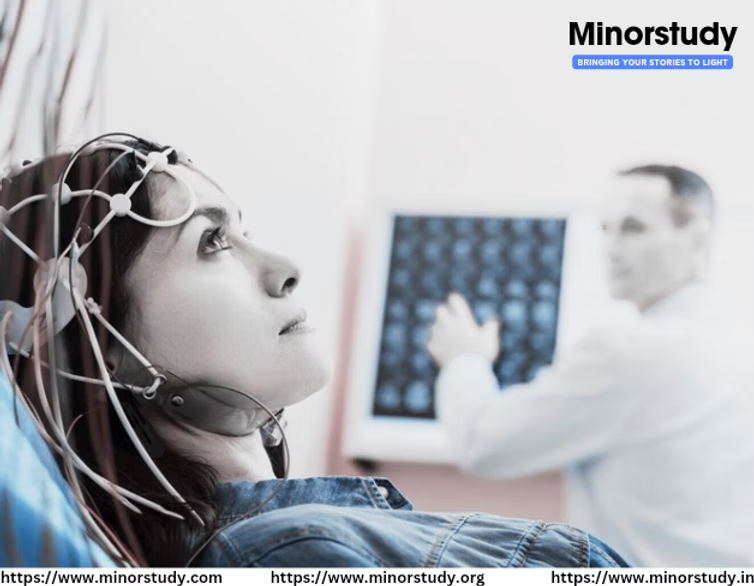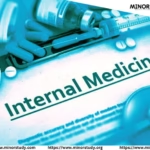Neurology: An Overview
Neurology is a branch of medicine that focuses on the diagnosis, treatment, and study of disorders affecting the nervous system, including the brain, spinal cord, and peripheral nerves. Neurologists play a crucial role in understanding and managing conditions that affect the body’s communication system.
Key Components of Neurology
Component | Description |
Central Nervous System (CNS) | Comprises the brain and spinal cord, controlling most bodily functions. |
Peripheral Nervous System (PNS) | Includes all nerves outside the CNS that transmit signals between the body and the CNS. |
Autonomic Nervous System | Regulates involuntary actions like heartbeat, digestion, and respiratory rate. |
Common Neurological Disorders
Disorder | Description |
Epilepsy | A condition characterized by recurrent seizures due to abnormal electrical activity in the brain. |
Stroke | Occurs when blood flow to a part of the brain is interrupted, leading to brain damage. |
Parkinson’s Disease | A progressive disorder that affects movement and causes tremors, stiffness, and balance issues. |
Multiple Sclerosis (MS) | An autoimmune disease that damages the protective covering of nerves in the CNS. |
Alzheimer’s Disease | A degenerative brain disorder causing memory loss and cognitive decline. |
Migraine | Severe headaches often accompanied by nausea and sensitivity to light or sound. |
Techniques Used in Neurology
Technique | Purpose |
Electroencephalography (EEG) | Measures electrical activity in the brain, often used to diagnose epilepsy and sleep disorders. |
Magnetic Resonance Imaging (MRI) | Provides detailed images of the brain and spinal cord to detect abnormalities. |
Computed Tomography (CT) Scan | Uses X-rays to create cross-sectional images of the brain and spine. |
Lumbar Puncture | Collects cerebrospinal fluid for analysis to diagnose infections or diseases like meningitis. |
Electromyography (EMG) | Measures electrical activity in muscles to detect nerve and muscle disorders. |
Branches of Neurology
Branch | Focus Area |
Clinical Neurology | Diagnosis and treatment of neurological diseases. |
Neurosurgery | Surgical intervention for disorders of the brain, spine, and nerves. |
Neuropsychology | Study of how neurological disorders affect behavior and cognition. |
Pediatric Neurology | Focus on neurological conditions in children, such as developmental disorders and epilepsy. |
Neurophysiology | Study of the functioning of the nervous system. |
Importance of Neurology in Medicine
Diagnosis of Complex Conditions: Neurology helps identify intricate disorders of the nervous system.
Treatment and Management: Neurologists guide treatment plans, including medication, therapy, or surgery.
Research and Development: Advances in neurology contribute to understanding brain functions and developing new treatments.
Impact on Public Health: Neurology addresses widespread issues like dementia and stroke, improving public health outcomes.
Table: Key Neurological Disorders and Their Treatments
Disorder | Common Treatments |
Epilepsy | Anti-seizure medications, lifestyle modifications, or surgery. |
Stroke | Thrombolytic therapy, rehabilitation, and preventive measures like controlling blood pressure. |
Parkinson’s Disease | Dopaminergic medications, physical therapy, and deep brain stimulation (DBS). |
Alzheimer’s Disease | Medications to slow progression, cognitive therapy, and supportive care. |
Multiple Sclerosis (MS) | Immunomodulatory drugs, steroids, and physical therapy. |
Migraine | Pain relievers, preventive medications, and lifestyle adjustments. |
Neurology in Medical Education
Year | Subject Focus |
Third Year (MBBS) | Introduction to basic neurology, including anatomy and physiology of the nervous system. |
Fourth Year (MBBS) | Clinical neurology and understanding of neurological disorders. |
Postgraduate Studies | MD or DM in Neurology for specialization, focusing on advanced diagnostics and management. |
Significance of Neurology in Society
Improved Quality of Life: Neurological care enhances life for patients with chronic disorders.
Public Awareness: Campaigns on stroke, Alzheimer’s, and epilepsy help in early detection and prevention.
Technological Innovations: Tools like brain-computer interfaces and neuroprosthetics improve patient care.
Mental Health Integration: Neurology supports understanding links between mental health and brain functions.
Conclusion
Neurology is a dynamic field addressing some of the most intricate and critical aspects of human health. By diagnosing and treating disorders of the nervous system, neurologists play a pivotal role in improving patient care and advancing our understanding of the human brain and its functions.









We’re a group of volunteers and starting a new scheme in our community. Your web site offered us with valuable information to work on. You’ve done an impressive job and our entire community will be grateful to you.